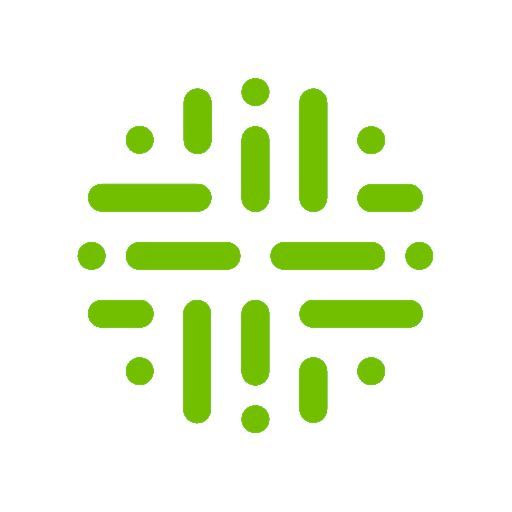Translate Complex Data into Business Strategy
ER/Studio is the data modeling tool that empowers you to model your data wherever it resides and strategically leverage it. ER/Studio bridges the gap between data management and strategic decision-making.
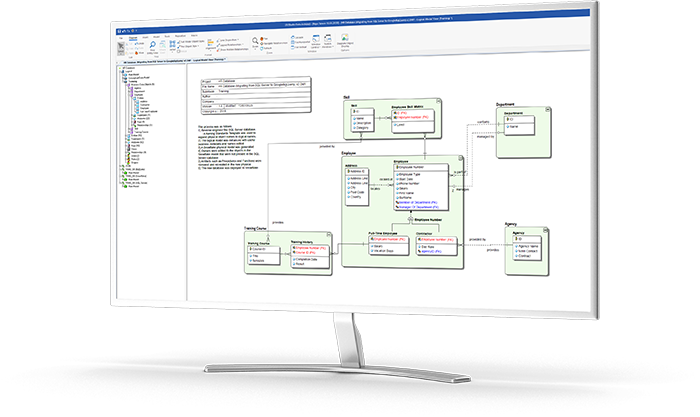
Trusted by Industry Leaders





What is ER/Studio?
ER/Studio combines Data Architect, the industry-leading data modeling software, with Team Server, the server-based repository and web portal. The result is powerful database modeling tools that empower organizations to design data assets that drive business strategy and success. ER/Studio integrates with Collibra data governance and major data governance tools.
Works with: Oracle, MySQL, Microsoft SQL ServerSQL, IBM Db2, MongoDB, Snowflake, Google BigQuery, Teradata, and many more. Coming soon Databricks – stay tuned.
Integrates with: Collibra, Silwood Safyr, MetaIntegration, Atlassian Jira, and WhereScape. Many more integrations coming soon.
ER/Studio Standard
ER/Studio Standard (Data Architect) is designed for crafting clear, business-focused data models. It supports a wide range of data schemas, accommodating everything from operational databases to advanced data warehouses and business intelligence systems.
Includes:
- ✓ Articulate data requirements through graphical models.
- ✓ Design and document a wide range of data products using forward and reverse engineering.
- ✓ Use Compare/Merge function to translate changes into ALTER scripts for your databases as business requirements evolve.
ER/Studio Professional
Expands ER/Studio Standard with a repository for team collaboration and project version management that propels data modeling strategy. This allows for streamlined teamwork that provides a robust framework for managing various iterations of data models.
Includes ER/Studio Standard, PLUS:
- ✓ Collaborate easily with team-based model sharing and versioning.
- ✓ Leverage central repository for data models for broader team collaboration.
- ✓ Build libraries of shared components that drive standardization.
ER/Studio Enterprise
ER/Studio Enterprise, paired with Team Server Core, is designed to manage large-scale enterprise projects. This combination connects data architecture seamlessly with data governance, creating an integrated, company-wide data ecosystem.
Includes ER/Studio Professional, PLUS:
- ✓ Use MetaWizard bridges to model a broad range of data platforms.
- ✓ Create a business glossary integrated with popular Data Governance tools.
- ✓ Develop and publish an enterprise data model with conceptual and logical layers for strategic planning.
Why ER/Studio? It’s Database Modeling Software That Helps You Understand and Trust Your Data Designs.
Enterprise data is more complex and spread out than ever before – and it’s getting worse. For senior leadership and business users, data is more than just a collection of numbers and facts; it’s the lifeblood that powers business strategy and drives success.
ER/Studio allows you to understand this complexity and produce designs for data solutions that are long-lasting and manageable.
Advantages of ER/Studio Enterprise
Fuel for Effective Enterprise Metadata Management
ER/Studio Enterprise equips CIOs, CDOs, business users, data professionals, and data governance analysts with comprehensive visibility into their organization’s metadata landscape.
ER/Studio’s excellence in creating detailed and accurate data models forms the bedrock of understanding metadata. It supports a variety of modeling methods and accommodates an extensive range of data structures and types, making it an essential tool for enterprises with diverse data assets. As a result, teams spend less time seeking data, questioning its integrity, or deciphering its flow.
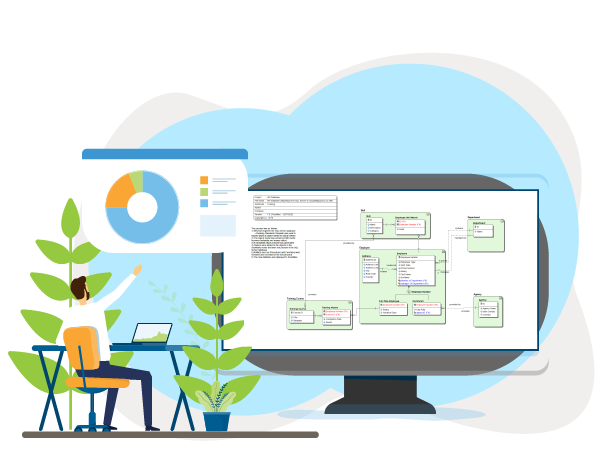

Improved and Informed Data Governance
The need to protect and manage sensitive data is central to every Data Governance program and requires the most effective data model tool. ER/Studio Enterprise is a powerhouse for data governance because it unites Data Architects and Governance teams with accurate Enterprise Data Models that aid in mitigating risk. Compliance becomes easier too: With its advanced data policy feature and comprehensive documentation and reporting capabilities, ER/Studio Enterprise aids organizations in meeting various compliance requirements, such as GDPR, HIPAA, and CCPA.
ER/Studio: Bridge the Gap Between Data and Strategy
ER/Studio is more than database modeling software; it’s a strategic enabler. You can translate complex data structures into clear business language, model identifying and non-identifying relationships, making data accessible and actionable for all stakeholders.
Integrations
Collibra
The fusion of Collibra’s governance expertise and ER/Studio’s modeling capabilities creates a transformative data management solution, redefining data governance and modeling while propelling organizations toward innovative and efficient data orchestration.
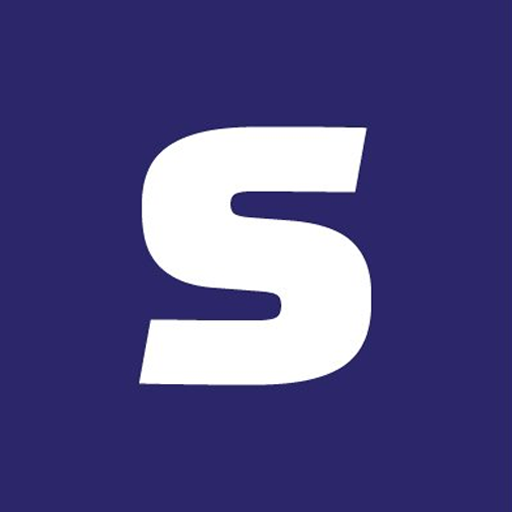
Silwood Safyr
Integrating with Silwood Safyr simplifies understanding complex data environments, enhances data governance, and aids in maintaining data quality and compliance standards.
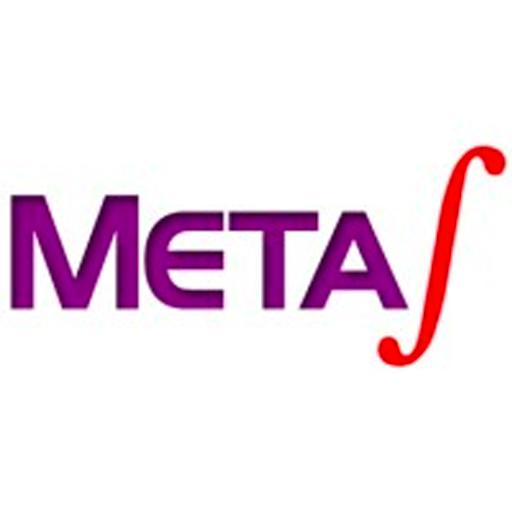
MetaIntegration
Integrating with MetaIntegration provides a powerful tool for handling the extraction and integration of metadata to advanced modeling and governance.
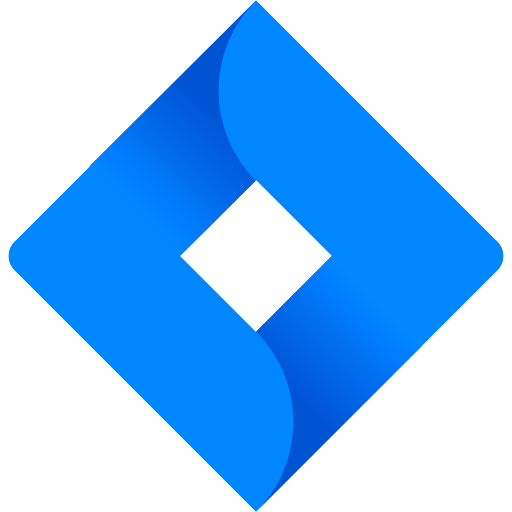
Atlassian Jira
Integrating Jira helps in aligning data modeling initiatives with project management frameworks, leading to more efficient and coordinated efforts in data architecture and software development projects.

WhereScape
Integrating with WhereScape delivers a powerful combination of sophisticated data modeling and rapid data warehouse automation. This alignment enhances efficiency, governance, and strategic alignment of data infrastructure within an organization.
Unleash the Power: ER/Studio is Packed with Features
Visual Data Lineage
Visually document source/target mapping and sourcing rules for data movement across systems.
Naming Standards
Automatically apply a naming standards template across logical and physical models by binding it to models, submodels, entities and attributes.
Forward and Reverse Engineering
Use ER/Studio Data Architect to generate source code from existing databases, construct graphical models from existing database or schema, and easily apply design changes with generated ALTER code.
Database Model and Metadata Documentation
Model data from numerous data types, as well as relational, NoSQL, Microsoft SQL Server, MySQL, big data, file-based-systems, business intelligence and ETL sources.
Advanced Compare and Merge
Enable advanced, bidirectional comparisons and merges of model and database structures
Business Data Objects
Represent master data and transactional concepts with multiple entities and relationships, such as products, customers, and vendors.
Process Model Creation
Design straightforward process models that use standard elements such as events, tasks, gateways, pools/swim lanes, choreographies and conversations, using BPMN 2.0 notation.
Process Validation
Validate your business processes based on BPMN 2.0 standards (in real time or as needed).
Conceptual Model Creation
Create high-level conceptual models using elements such as subject areas, business entities, interactions, and relationships.
Import/Export Capabilities
Easily export conceptual models to ER/Studio Data Architect to create logical models, and import logical data models from Data Architect.

Round-Trip Database Support
Perform native forward and reverse engineering for multiple RDBMS and big data platforms, both on premises and in the cloud. Extensive platform support is enabled through native and database-specific ODBC connections.
Import Bridges
Import model information from BI, ETL, and NoSQL platforms, other modeling tools, and industry-standard metadata interchange formats.
Export Bridges
Easily export your models to BI, ETL, other modeling tools, and industry-standard exchange formats such as XMI, XML, XSD, PNG, and JPEG.
Data Lineage Visibility
Leverage visualization for source-target mapping and sourcing rules designed in an external Extract-Transform-Load (ETL) tool or Data Integration (DI) tool.

Model Storage and Publication
Store files in the shared model Repository and publish them to Team Server for viewing, when working with the Enterprise Team Edition.
Reviewing Changes and Resolving User Conflict
Resolve conflicts through simple and intelligent interfaces to walk users through the discovery of differences.
Version Management
Manages the individual histories of models and model objects to ensure incremental comparison between, and rollback to, desired diagrams.
Universal Mappings
Map between and within conceptual, logical and physical model objects to view upstream or downstream, and specify metadata such as definitions, notes, and attachments..
Team Collaboration
Apply enterprise collaboration features such as activity and discussion streams, to capture and share corporate knowledge and reduce time identifying and correcting data quality issues.
Ontology and Taxonomy
Arrange business terms into comprehensive ontologies and taxonomies to provide a business-friendly knowledge graph of the metadata of the organization.
Data Catalog
Create and view a single searchable registry of all available created or imported data sources.
Advanced Search
Easily search and filter results for data objects, data sources, glossaries, and terms.
"Concurrent Model and Object Access"
Allows real-time collaboration between modelers working on data models down to the model object level with token-based check-in/check-out.
Agile Change Management
Assign and track tasks associated with data models to align changes to user stories and development workflows; view and edit tasks in both Data Architect and Team Server, and link projects and tasks to JIRA records
Component Sharing and Reuse
Predefined Enterprise Data Dictionary eliminates data redundancy and enforces data element standards.
Interactive Model Image Navigator
View the data model image interactively within the Team Server web interface, including zoom, search, and re-positioning functions.
Enterprise Glossary
View, classify, relate and centrally store authoritative business definitions in an extensible enterprise glossary of business terms, and associate terms with models and submodels to answer the important question, “What data do I have, and where is it?”.
Semantic Mapping
Relate business terms to critical data elements including tables, columns, entities and attributes, and view associated Universal Mappings in the detailed description.
Data Source Mappings
Relate business terms to critical data elements including tables, columns, entities and attributes, and view associated Universal Mappings in the detailed description.
Centralized Reporting
More than 20 out-of-the-box reports and a reporting wizard for ad hoc reports that can be exported to several formats and shared.
Security Center Groups
Streamline security administration with local or LDAP groups.
Understand Your Data, Unite Your Organization
Enterprise Data modeling is critical for effective Enterprise Data Architecture. Empower your stakeholders and engineers to work together to understand data and build effective, well-governed data solutions. Start your journey towards reliable, actionable insights and tangible business success.

Frequently Asked Questions
blank
What is Enterprise Metadata Management?
Enterprise Metadata Management (EMM) refers to the strategies and practices employed to manage metadata in a large-scale business environment. Metadata, essentially data about data, provides critical context and understanding about an organization’s data assets. In an enterprise setting, where the volume, variety, and velocity of data can be immense, managing this metadata effectively is vital.
How does ER/Studio Enterprise improve data quality?
ER/Studio Enterprise contributes significantly to improving data quality by providing advanced modeling tools, enforcing standardization, enhancing governance, facilitating collaboration, and enabling thorough impact analysis and reporting. These capabilities are crucial in maintaining accurate, consistent, and reliable data in an organization. ER/Studio Enterprise is a single tool, whereas erwin, a reasonable competitor, performs nearly these functions with three combined tools.
How does managing enterprise metadata help with data governance?
Managing enterprise metadata is fundamental to data governance as it enhances the understanding, standardization, quality, and compliance of data. It supports effective data management strategies, ensuring that data is not only properly governed but also maximized for its strategic value.
What is ER/Studio Enterprise and what are its primary functions?
Managing enterprise metadata is fundamental to data governance as it enhances the understanding, standardization, quality, and compliance of data. It supports effective data management strategies, ensuring that data is not only properly governed but also maximized for its strategic value.
What are data modeling tools?
Data modeling tools are software applications used to create, manage, and maintain data models within an organization. A data model is a visual representation of data objects, the relationships between them, and the rules and constraints governing their interaction. These tools play a crucial role in understanding and organizing the data in a system. Without data models, it’s difficult for an organization to understand the data they have, where it is, and how best to use it.

